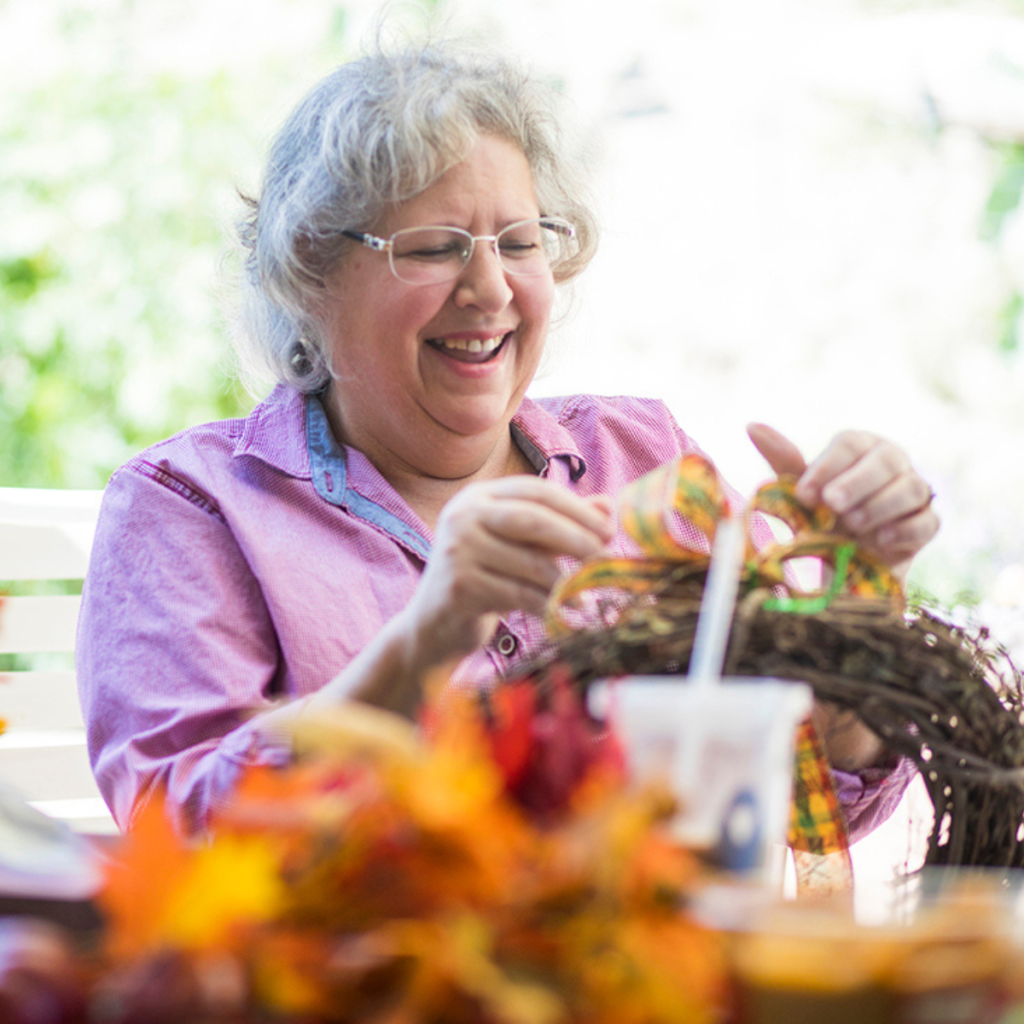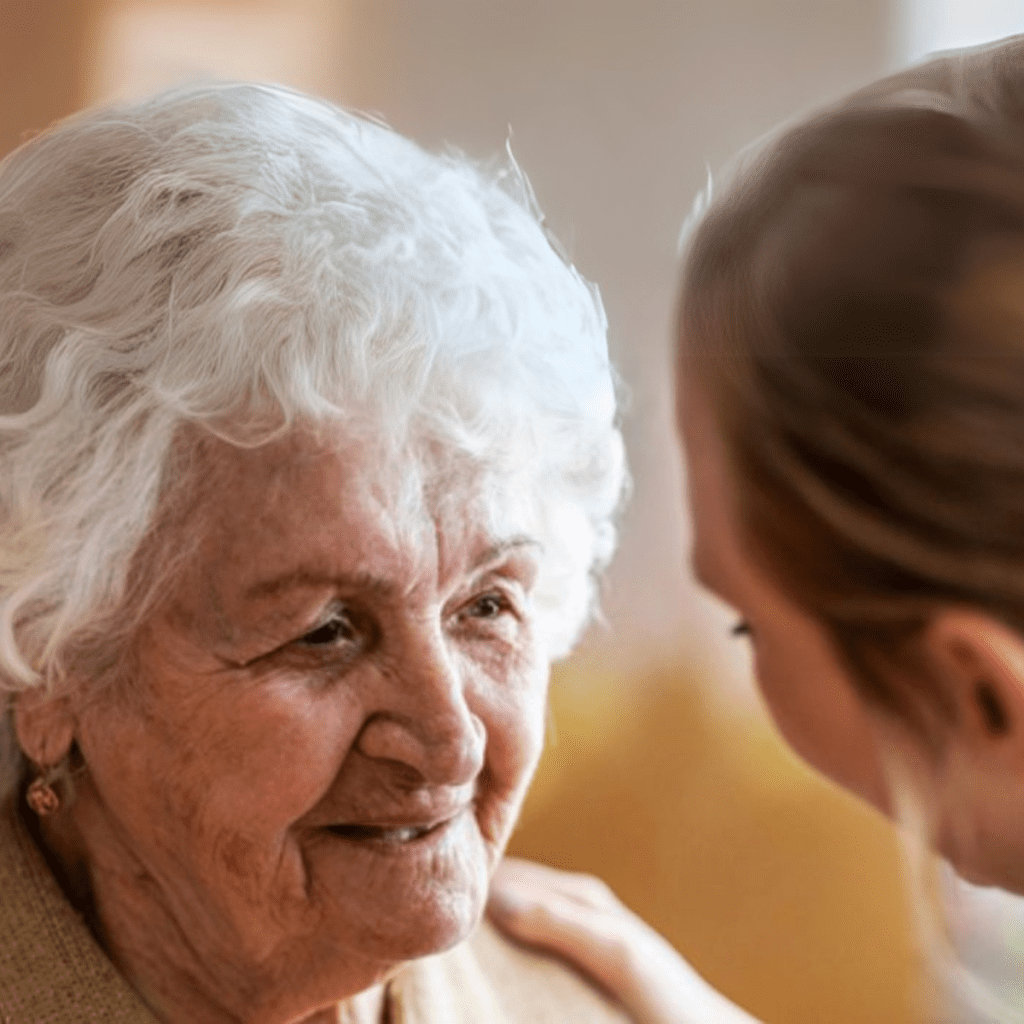Aging in place, or living independently at home, is the option many older adults prefer. It’s understandable why many people desire to stay in the family home as long as possible – it is comfortable, familiar, and gives seniors a sense of independence. As health, mobility, and cognitive changes occur, you may wonder if home is a safe place for your aging parents, or if you should consider assisted living.
Know the Desire and Dangers of Aging in Place
76% of older Americans would prefer to remain in their current home, according to a survey by the AARP, but less than 50% believe they will be able to do so. Eventually, most seniors will need some form of help with activities such as cooking, shopping, doing yard work, and maintaining the home.As your parents get older, their vision, motor skills, and hearing may decline, and driving can become difficult or risky. For married couples, it’s common for one spouse to take on more of the tasks of daily living, which can lead to resentment, depression, or rifts in their relationship. Adult children who step in to become caregivers find themselves in a role reversal which is challenging for everyone. As your parents’ needs increase, the demands of your own family, job, and responsibilities don’t decrease and this can lead to caregiver burnout.
Parents, not wanting to be a burden, can be reluctant to ask for or accept help. They may also be fearful, because admitting they need help means things will likely change. Not being able to maintain their independence and control over their own lives can lead to feelings of anger or embarrassment. Because of this, some parents may hide information about their physical or mental well-being.
Additionally, the home that served someone with a growing family is often not suitable for retirement. Modifications to the home, such as grab bars and handrails, or remodeling to creating a main floor bedroom might be necessary to make the home accessible and safe. Read AARP’s recommendations on making a home safer for seniors.
Some older adults may only need help occasionally, so remaining in their home can be a good choice. As needs increase, hiring a home health care professional is a viable option, but it is often a stopgap measure. A fall, an unforeseen health crisis, or burnout of family members who are providing care can force an emergency move. A better option for many is to think of moving into an assisted living community as a way to age in place in a new space.
The New, Modern Assisted Living Community
Many people think of assisted living as a type of nursing home or hospital type of environment where people go to rehabilitate after surgery, or place where only those who are extremely ill live. Today, assisted living communities are full of independent and engaged seniors who have opportunities for solitude, socialization, and adventure.Assisted living communities of the modern age offer a variety of services and amenities including elevated dining experiences, fitness studios, beautifully maintained outdoor spaces, as well as lounges and living rooms with opportunities to safely socialize with other vibrant older adults. For those wanting privacy, an assisted living community offers a maintenance-free living option to age in place with the peace of mind that care and support is available when needed.At an assisted living community, you can find friends, take a fitness class, eat at a restaurant, play games, or enjoy a full service salon and spa, all in your own neighborhood. Assisted living communities offer a variety of safe, socially distanced life enrichment activities as well as organized outings.
At The Retreat at Sunny Vista, residents live as independently and privately as desired, while receiving the support they need. Your parents may only need a small amount of support now, but as their needs increase, a higher level of support is available without interruption. You and your parents can have peace of mind knowing that a caring support team is equipped to handle changing care needs. With a variety of floor plans to choose from, your parents can find an apartment to call home.
Benefits of Assisted Living During COVID-19
Living in an assisted living community comes with many emotional and physical health benefits. Life at The Retreat at Sunny Vista is built around our core pillars; community focus, connected care and partnership.Many seniors living at home have suffered from extreme isolation and loneliness because of the COVID-19 pandemic. While federal and local health restrictions limited activities and outside visitors to many assisted living communities, residents living inside of a community have had access to a team of dedicated professionals whose number priority is to care for the mental and physical well-being of residents.
One of the most exciting benefits we are able to provide for residents is access to the COVID-19 vaccine, while many older adults living at home are left to navigate the complicated distribution system on their own.
Is it Time for Assisted Living?
Many older adults are excited to retire and have more time to enjoy hobbies and spend time with friends, yet many seniors find themselves isolated and lonely. Aging in place at home may seem appealing, but for many seniors may mean a loss of independence.Cognitive decline and mobility challenges can make performing the activities of daily living (ADLs) difficult and frustrating. Although it is hard to admit we or someone we love needs extra help, it is better to be proactive and begin thinking about assisted living before it becomes an urgent need.
Some warning signs that it may be time include unexplained weight loss, neglecting personal hygiene, forgetting to pay bills or take medications, struggles talking on the phone or using familiar technology, as well as depression or increased anxiety. Making the move before these warning signs present themselves may make the transition easier. Read more about Three Factors to Consider When Choosing an Assisted Living Community.
The decision to move to an assisted living community is difficult. We are here to help seniors and their families as they discuss and research options. We invite you to take a live virtual tour or contact us for more information.




